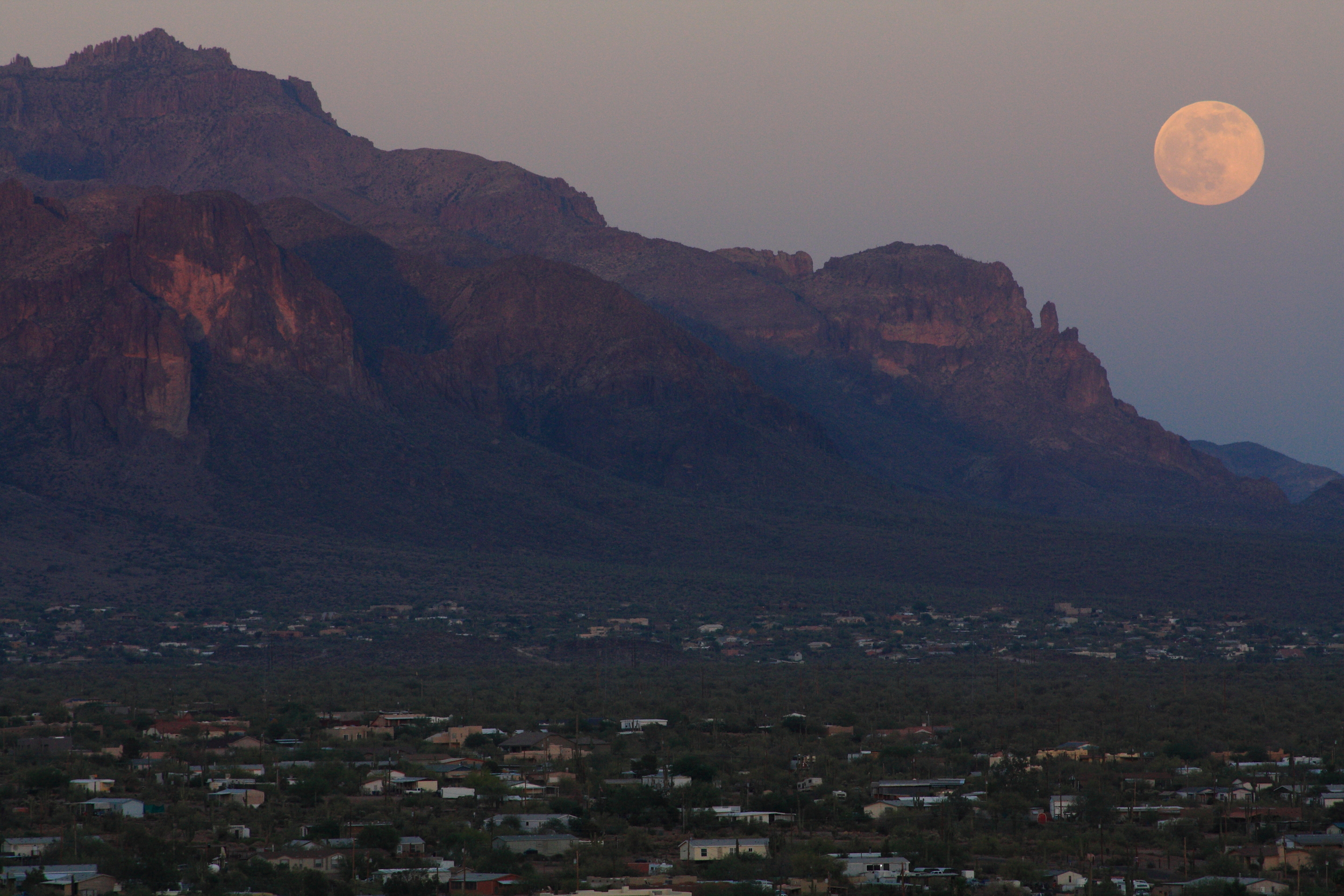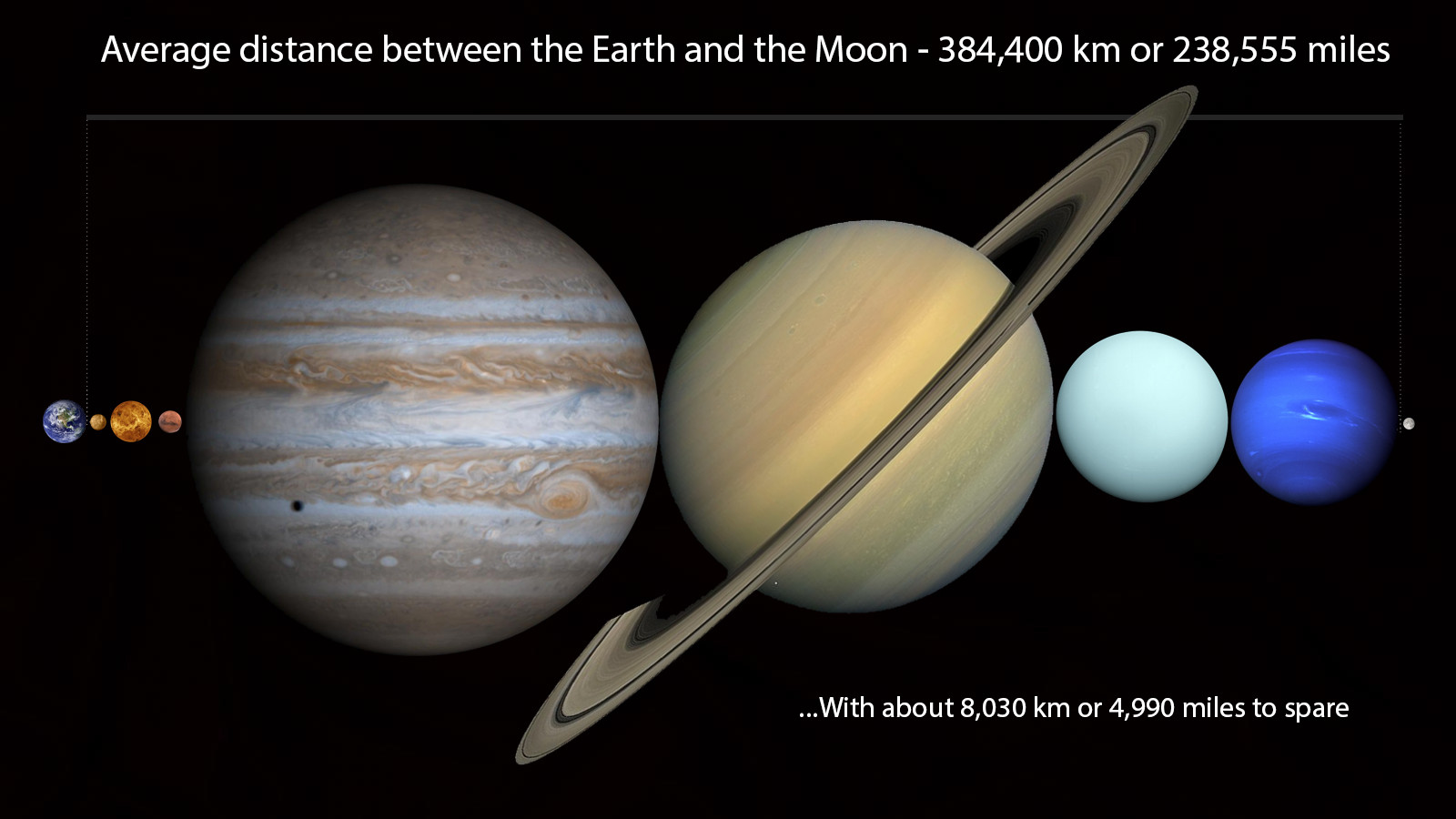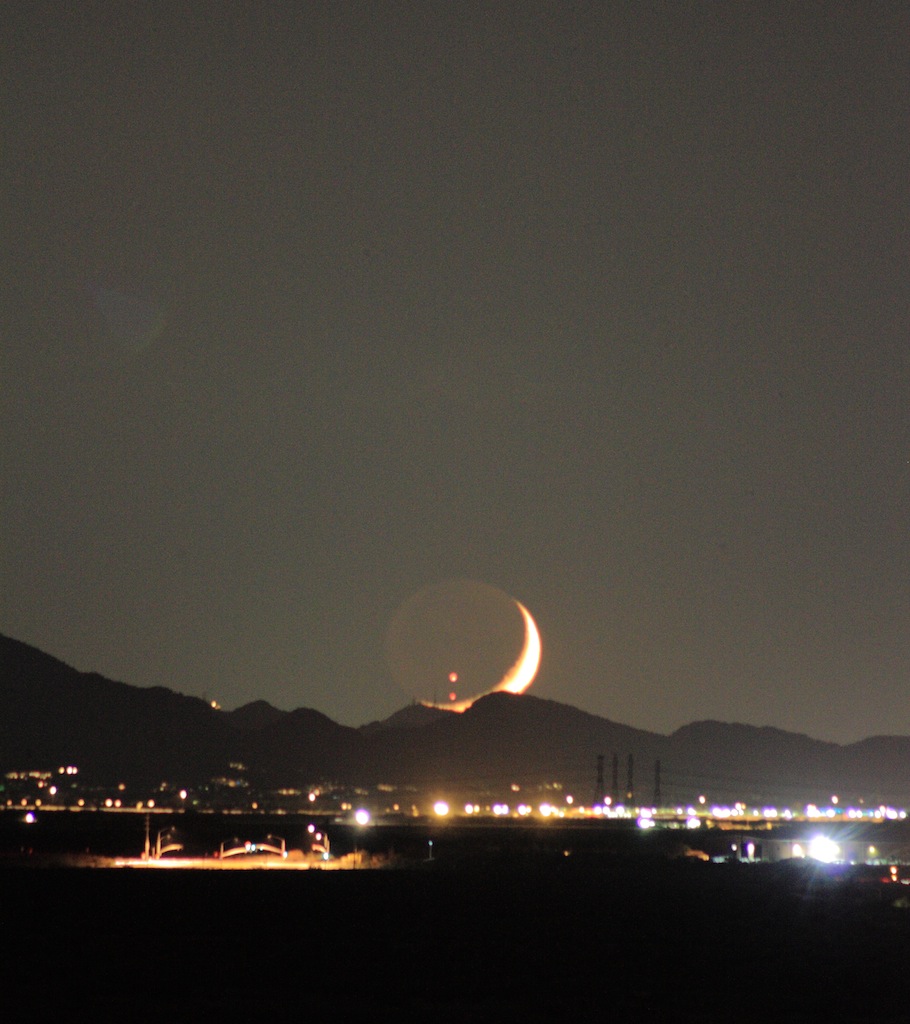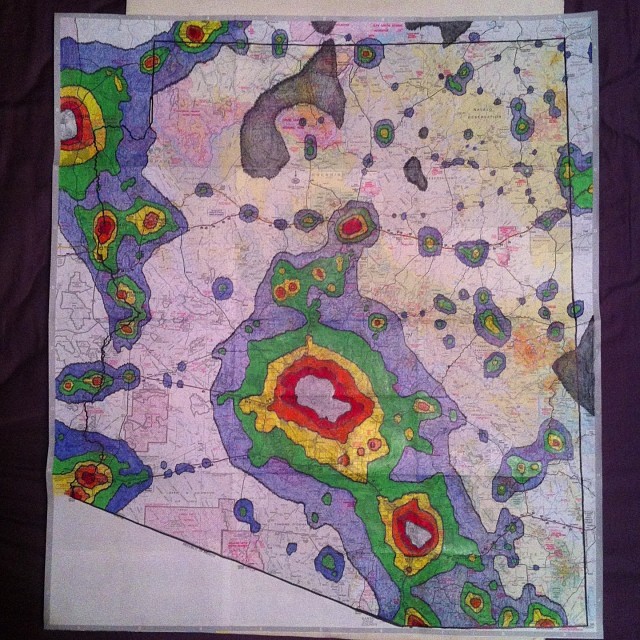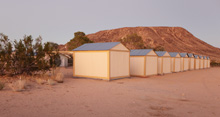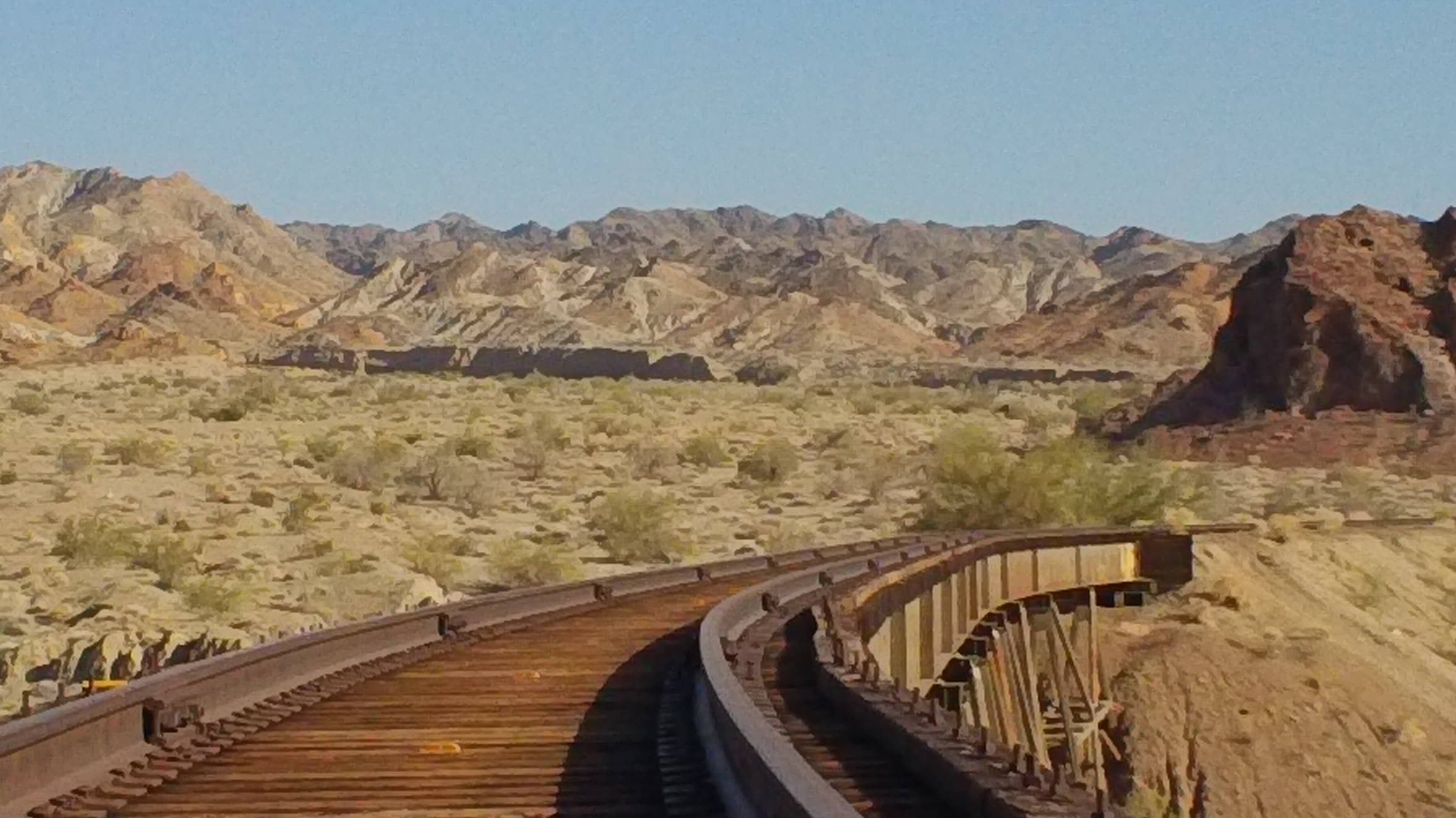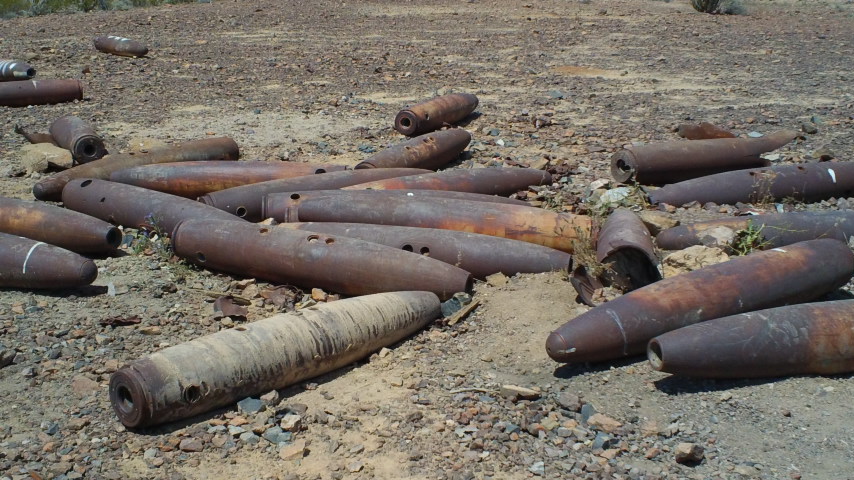* Cue Wes Anderson montage scene with Mark Mothersbaugh theme music
GEAR!! I dunno maybe it's a guy thing - maybe it's just a thing. But gear makes the hobby.
As a boy it started with baseball. The glove was a magical extension of your body and you exercised it. You put a ball in the web and wrapped rubber bands around break it in, you oiled it, you wore it around the house pounding your fist into it. Your bat was your first multi-tool and you had a bucket full of spiders and baseballs of varying condition and lethality in the backyard shed. Cleats - check. Cap - check. Cup - check. Game time.
You moved on, got into music and you bought a guitar. You had to have the cool sunburst paint job, the right strap, the right practice amp, the whammy bar, and at least one really great distortion pedal. You experimented learning just what the perfect pick was for your personal style taking years discovering the path, the path to the perfect setup.
I went overboard when it came to skateboarding. I had reappropriated my fishing tackle box with all its little compartments now employed in the storage of used or extra bushings, nuts, bolts, risers, washers, bearings, slightly used bearings, bearings I should throw away, casings of busted bearings stuck in old wheels, tiny wheels from the early 1990s, old trucks, my older brother's cracked trucks that I kept like a trophy, king pins, curb wax, Husker Du's, Husker Don'ts, spacers, stickers and stuffed way back underneath the bed - old cracked, snapped and "focused" (purposefully snapped in four equal pieces) skateboard decks. And of course the stacks of VHS skate videos, dog-eared CCS catalogs, and poured over and ripped up Transworld magazines - all the various ephemera, accoutrement, and kit and kaboodle.

And I'm not gonna even talk about $$$Sssnowboarding.
But that was all child's play, training for the real deal. The real gear. You see, although astrophotography has a long history of amateur involvement (first recorded astrophoto was of the moon and taken via daguerreotype by Louis Daguerre himself!) , it was mostly accomplished through dry photographic plate processes utilizing large observatory telescopes. But throughout the 1970s-1990s with the advent of CCD (charge-coupled device) cameras, webcams, digital cameras and in combination with innovations in telescope and go-to/tracking mount technology we saw the rise of a new standing army of astrophotographers getting better and better at cheaply (relatively speaking) pulling down the heavens and stuffing them into your mindblown faces (more on the history and processes of astrophotography in a later post).
I have to give credit here to the iPhone. That wondrous conflict-mineral laden computer/camera/phone/totem/pacifier/plaything that fits right into your pocket was instrumental in getting me hooked on the hobby. A friend and I were out at the shore for the spring 2012 supermoon, trying as well to spy Saturn through patchy cloud cover over Long Beach and a sudden, reactionary force swooped down upon me, I thought "I'll snap a photo with my phone!" (said no one ever before this century) and within a few moments I had taken my first astrophoto:

With the flash still on like a total n00b.
All that is to say that I still really haven't broken out of the beginner stage and my gear list represents the culminated efforts of lots of research, a few Christmases, a few birthdays, and some extra hours at the office slowly allowing me to gain experience with multiple introductory methods and techniques. I'm sure I'll make a few updated posts as I drop a few thousand doll-hairs and level up, but back to the present and my gear:
The Scope:

This is my light bucket and "she" doesn't have a name because I didn't name "her" because I don't do that crap. It's an Orion XT8 8" Dobsonian (RIP its creator, John Dobson, popularizer of 'sidewalk astronomy' who past away today 1/15/2014) Reflector (it uses a primary and secondary mirror to reflect light as opposed to a Newtonian which employs glass lenses) telescope. This is one of the simplest telescopes you can buy and is the standard type for beginners, provided that you can haul around ~30-40 lbs. without injury. It tilts up and down and swivels 360 degrees on it's base allowing the user full access to the heavens above with only a red dot sight (ACOG sight for you FPS gamers) mounted near the eyepiece for navigation. This means that the scope is not computerized and you must learn your way around by 'star-hopping' through the constellations using 1) assorted astronomical facts and charts stuffed into your memory 2) star wheels 3) smartphone apps 4) big thick reference guides like Burnham's Celestial Handbook and the smaller National Audubon Society Field Guide To The Night Sky (more on books later) and one of my favorite methods 5) aimless scanning.
The Eyepieces, accessories, etc:
I use the provided 1.25" (diameter) 25mm Sirius Plossl eyepiece along with a 2x Barlow lens (effectively doubling magnification) and I also made use of a friend's 16 and 9mm eyepieces before the move to AZ. I plan to make the jump to wide-angle 2" eyepieces, Barlows, and filters for the increased field of view or FOV as soon as economically possible. Solar observing and imaging is made possible by my full-aperture 8" Orion Safety Film solar filter and is an indispensable member in the arsenal, enabling off-hours observation and imaging of sunspots and sometimes even faint filaments or other solar surface details. I borrow binoculars for the time being, but I really want to get these snazzy image-stabilizing binos that will set me back a cool $300. Also, absolutely necessary is a few random red, rear bike lights and especially my Energizer brand red/white headlamp (the red lights are imperative to maintaining dark adapted vision) which is always kept close.

The Imagers:
I already mentioned the iPhone. Its a 4th generation and has nothing special about other than it being a combination phone/camera/computer that fits in my pocket and is made from minerals mined by 3rd world children. I did make a nifty DIY mount using an old plastic smartphone case, parts from a clamp for a bike light, and a bunch of black electrician's tape. It worked pretty well until I realized that 1) it got me no closer to doing decent long exposure iPhone photography because my long exposure app doesn't really cut the mustard (more on apps later) and 2) I could basically maintain enough steadiness with just mah two hands to accomplish what I could with a camera phone (nothing against Orion's smartphone mount, they look pretty handy). But it was a fun exercise in making my own gear (MYOG).

My DSLR (digital single lens reflex) camera is a Canon Rebel EOS XSi (not yet modified for the IR filter). Its one of the "quieter" cameras that Canon makes and is thus perfectly suited for the purposes of astrophotography as working with such faint or distant light sources ramps up the amount of "noise" of any given image. I have two lenses that I am using right now, 1) a standard Canon 18-55mm f/3.5-5.6 II lens, but it is outfitted with a UV filter and combination Super Wide Angle/Macro Lens made by Neewer that all screws onto the front (all items towards the medium-low cost end of the spectrum) and 2) a Canon EF 75-300mm f/4-5.6 III Telephoto Zoom Lens (which is also towards the medium-low or "intro" end of the spectrum, but seems pretty durable for the price for most anything an amateur is going to get into).

A quick aside: In Optics, the f/, or F stop or Focal Ratio is the ratio of the lens's focal length to the diameter of the entrance pupil (the image as 'seen' through the front of the lens system). It is a dimensionless (without physicality) number that is a quantitative measure of lens speed. As the f/ stop number increases, the aperture gets smaller and light gathering power decreases (from wikipedia) and a similar effect governs telescope optics:
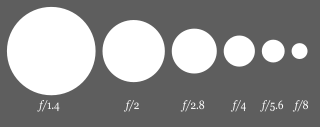
I'll probably invest in some "faster" lenses as I progress, but I'm pretty psyched on my current configuration. Other than all that I have my camera bag, lens cloths, backup batteries, charger, memory cards, usb cables, a remote shutter release for all my long exposures, and a DIY film canister mounted PS3 webcam (Infrared Filter modified) for use in lunar and planetary videos which are then separated into frames and stacked to bring out detail - a technique that I haven't yet ventured into due to software deficiencies. Also, a big ups to my moms for handing down her video camera tripod made by SUNPAK - its totally smooth and sturdy (currently trying to modify its quick release mount to be pinned to my backpack shoulder strap for use in wilderness hiking/photography) and really facilitates quick setups, operations, and mobility.
So that's about it for my gear setup and hopefully I will have to do many many many updates as you all begin to learn about prime focus adapters, focal reducers, EQ mounts, Alt/Az mounts, tracking, CCDs, Oxygen III and H-Alpha filters, SCTs vs. APO Doublet or Triplet refractors, autoguiders, all-sky cams, various software programs, dark/light/bias frames, green laser pointers and red laser collimators. And that's not even going into how bad I want to build my own large aperture Dobsonian telescope and 360 deg. swivel binocular chair:

Cheers and thanks for reading! Clear skies John..
 The next night with our combined camera gear, my telescope, and a couple of her friends we caravanned out to the park before sunset to hike about on the Treasure Loop Trail and image some of that late afternoon luster. As the dark crept in and the distant lights of Phoenix lit up the valley below, the desert nightlife began to sound out and we in turn hooted and hollered down the trail making our way to the parking lot where I rambled on about astronomy and set up my telescope.
The next night with our combined camera gear, my telescope, and a couple of her friends we caravanned out to the park before sunset to hike about on the Treasure Loop Trail and image some of that late afternoon luster. As the dark crept in and the distant lights of Phoenix lit up the valley below, the desert nightlife began to sound out and we in turn hooted and hollered down the trail making our way to the parking lot where I rambled on about astronomy and set up my telescope.

